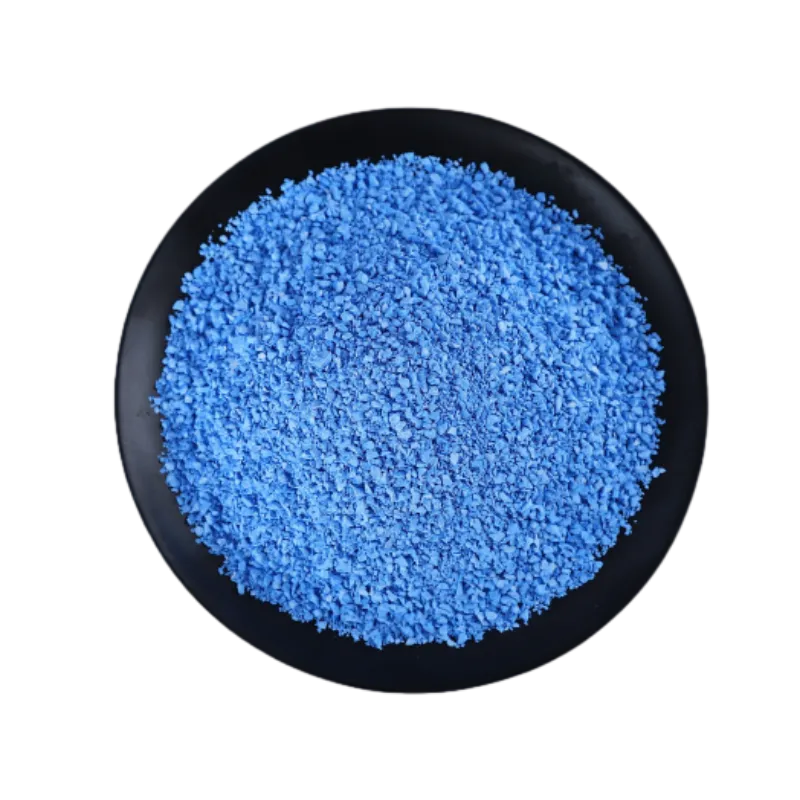
Авг . 14, 2024 07:20 Back to list
Exploring the History and Production Techniques of Roman Clay Roof Tiles in Ancient Architecture
Roman Clay Roof Tiles A Testament to Engineering and Aesthetics
The architectural elegance of ancient Rome still captures the imagination of modern society, with many of its innovations and materials continuing to influence contemporary design. Among these are Roman clay roof tiles, a remarkable example of how functionality and beauty can harmoniously coexist in construction.
Historical Context
The use of clay tiles dates back to ancient civilizations, but it was the Romans who refined and popularized their application. The rich deposits of clay found throughout the Italian peninsula provided an abundant resource for the production of tiles. Roman engineers and builders recognized the potential of clay tiles not only for their aesthetic appeal but also for their practical benefits. These tiles were durable, weather-resistant, and could effectively protect buildings from rain, snow, and wind.
Throughout the Republic and into the Empire, clay tiles became a staple in Roman architecture, used in the construction of temples, homes, and public buildings. The development of the Roman roof tile, often referred to as ‘tegula’, involved a sophisticated process of molding, drying, and firing the clay to create a strong and resilient product. The emergence of the ‘imbrices’, or curved tiles, allowed for a more effective interlocking system, enhancing the roof's resistance to water infiltration.
Architectural Significance
Roman clay roof tiles exemplify the architectural ingenuity of the era. These tiles not only served practical functions but were also integral to the visual identity of Roman structures. The uniformity in their shape and size allowed for quick assembly and an organized aesthetic that contributed to the grandeur of Roman buildings. In many cases, these roofs were adorned with elaborate designs, showcasing the wealth and sophistication of the property owners.
The Romans also utilized different colors and textures of clay to create diverse visual effects on their roofs. This practice not only enhanced the beauty of the structures but also demonstrated the craftsmanship of Roman artisans. Contemporary architects often draw inspiration from these techniques, incorporating clay tiles into modern designs to evoke a sense of history and tradition.
roman clay roof tiles

Durability and Sustainability
One of the most significant advantages of Roman clay roof tiles is their longevity. Many ancient Roman structures still stand today, partly due to the exceptional durability of these materials. When properly maintained, clay tiles can last for centuries, far outpacing many modern roofing materials. This longevity speaks to sustainable building practices that have been largely forgotten in today’s fast-paced construction industry.
Moreover, clay is a natural material that can be sourced sustainably. The manufacturing process for clay tiles involves minimal energy consumption compared to synthetic alternatives, making them an environmentally friendly choice for modern construction. As society becomes increasingly aware of the need for sustainable building practices, the revival of clay tiles in roofing systems is gaining traction.
Modern Applications
In contemporary architecture, Roman clay roof tiles have found new life. They are often used in residential homes and commercial buildings that seek to achieve a classic look with modern durability. Architects favor these tiles for their thermal mass properties, which help regulate indoor temperatures, contributing to energy efficiency.
Additionally, the aesthetic appeal of Roman clay tiles makes them a popular choice for restoration projects, where maintaining historical accuracy is essential. The beauty and craftsmanship embedded in each tile resonate with the values of many architects and builders today, who seek to blend tradition with innovation.
Conclusion
Roman clay roof tiles represent a remarkable synergy between functionality and aesthetic appeal. Their historical significance, durability, and sustainable nature ensure that they will continue to inspire architects and builders for generations to come. As we look back at the ingenuity of Roman engineering, we find valuable lessons that can be applied to modern building practices, proving that sometimes, the best solutions are rooted in the past.
-
Different 3 Tab Shingles Types | Affordable & Durable Roofing
NewsAug.03,2025
-
Moonlight White HIREFLE Granules with GPT-4 Turbo
NewsAug.02,2025
-
Premium Round Asphalt Shingles: Durable & Elegant Roofing
NewsAug.01,2025
-
Eco-Friendly Clay Tiles | AI-Enhanced Durability
NewsJul.31,2025
-
Durable Shingle Granules for Premium Roofs
NewsJul.31,2025
-
Stone Coated Metal Roof Tile-Roman Tile for Durable Roofing Solutions
NewsJul.30,2025







